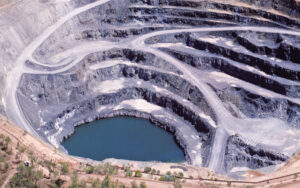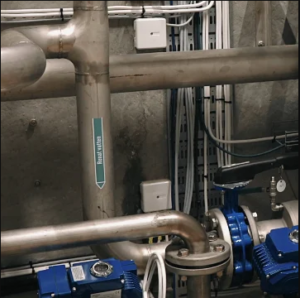Stanislava Pinchuk artwork – See Conflict Zones In A New Light
Stanislava Pinchuk, an innovative contemporary artist, has made a profound impact in the art world by shedding light on war and conflict zones through her unique artistic lens. Stanislava Pinchuk artist work, deeply rooted in the experiences and landscapes of war-torn areas, offers a fresh and thought-provoking perspective on these often overlooked subjects.
Born in Ukraine, Pinchuk’s life experiences have significantly influenced her artistic journey. She grew up witnessing the effects of conflict firsthand, which later became a central theme in her artwork. Her approach is unique in that she doesn’t focus on the direct imagery of war, such as battles or soldiers, but rather on the subtle, often invisible impacts of conflict on people and landscapes.
One of the most striking aspects of Pinchuk’s work is her use of unconventional materials and techniques. She often employs materials found in conflict zones, such as soil, ash, or fabric from destroyed buildings, integrating them into her pieces. This not only adds a tangible connection to the subject matter but also challenges viewers to consider the physical remnants of conflict.
Pinchuk’s art is not just visual; it’s a sensory experience that evokes the emotional and psychological effects of war. Her installations often include audio elements, such as recordings from conflict zones, which create an immersive experience. This multi-sensory approach allows viewers to engage with the subject matter on a deeper level, beyond just the visual.
Her most renowned works include large-scale maps created from the data she collects in war zones. These maps don’t depict political boundaries or military strategies; instead, they show the impacts of conflict on the natural landscape and human lives. Pinchuk meticulously charts these changes, translating them into intricate, abstract designs. The beauty of her artwork contrasts starkly with the devastation it represents, prompting viewers to reflect on the paradox of finding beauty amidst destruction.
Another significant aspect of Pinchuk’s art is its ability to humanize war. By focusing on the landscape and personal stories, she shifts the narrative from one of political and military strategy to one of human experience. Her work gives a voice to those often unheard in discussions about war, such as civilians who live through it daily.
Pinchuk’s exhibitions have been influential globally, sparking discussions about war, its aftermath, and the role of art in social and political discourse. Her exhibitions are more than just displays of art; they are educational platforms that inform and inspire dialogue about critical global issues.
Furthermore, Pinchuk’s art serves as a historical record, preserving the impact of conflicts for future generations. Through her work, she ensures that the stories of these war-torn areas are not forgotten but are remembered and learned from.
Finally, Stanislava Pinchuk artist brings a new perspective to the depiction of war and conflict zones. Her unique approach, which combines unconventional materials, immersive experiences, and a focus on the human aspect of war, challenges viewers to think differently about these complex issues. Her work is not only visually striking but also emotionally impactful, serving as a powerful reminder of the often unseen consequences of conflict. Through her art, Pinchuk continues to enlighten and inspire, making a significant contribution to both the art world and broader discussions about war and peace.





